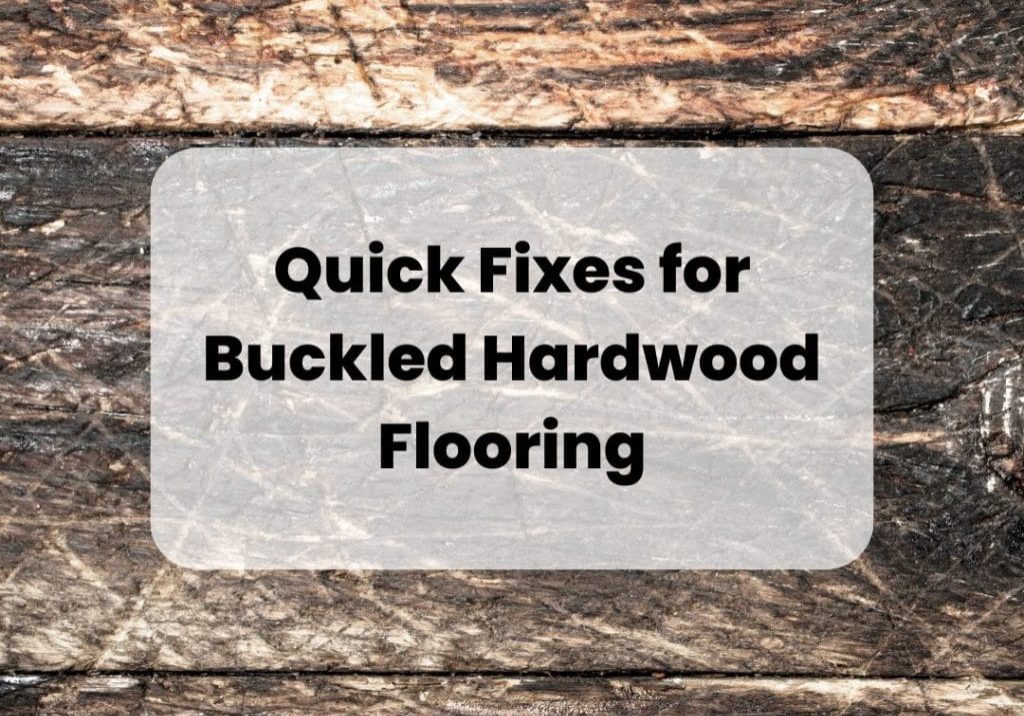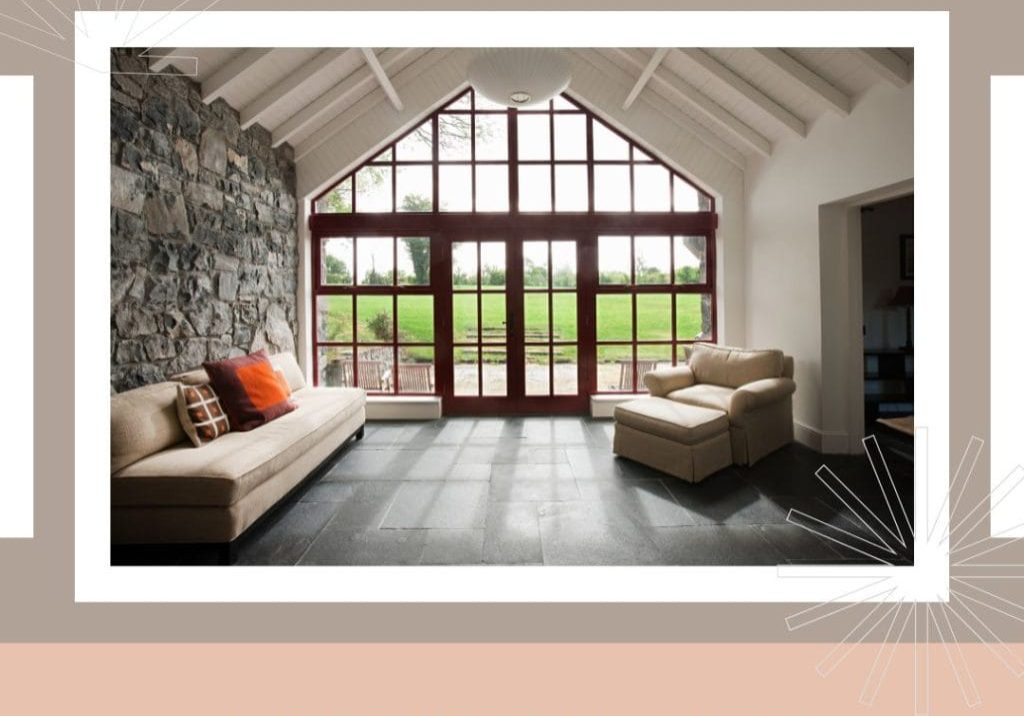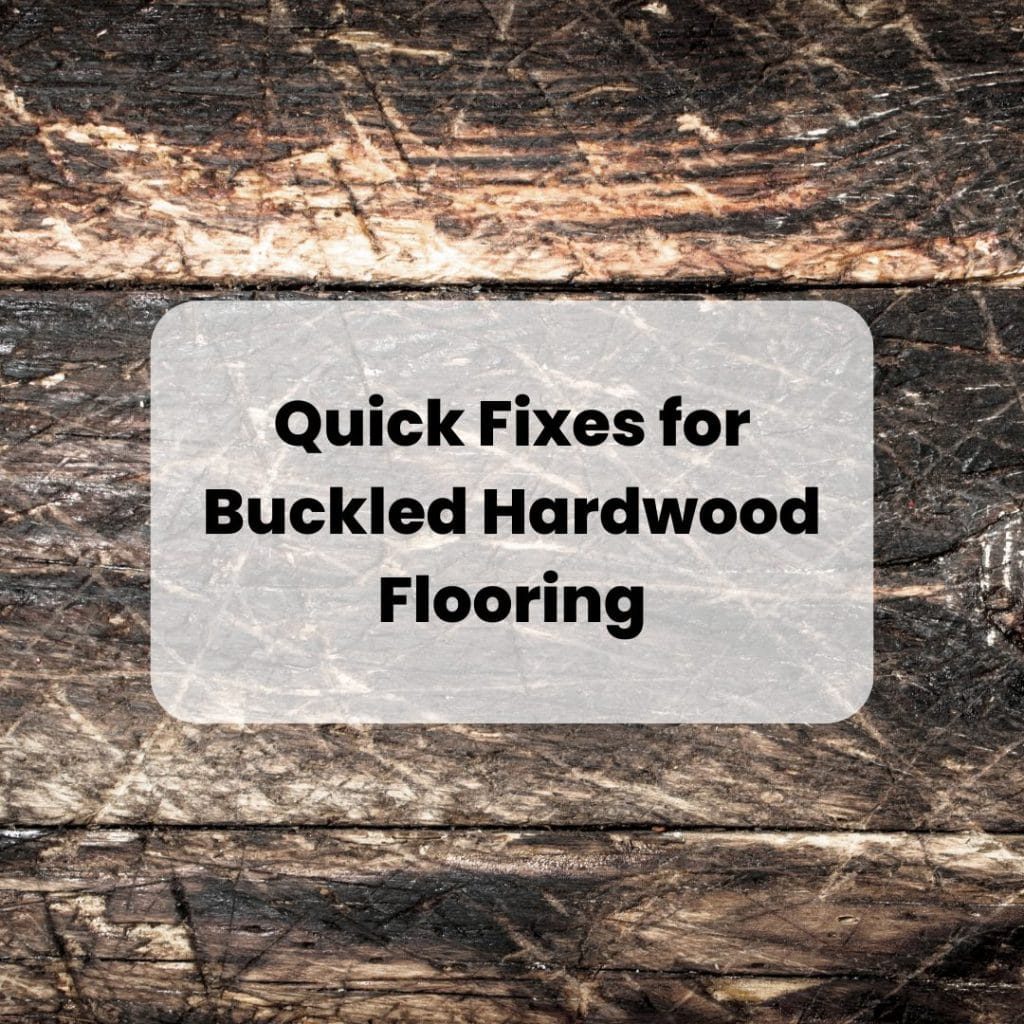Renowned for its remarkable durability, distinctive grain patterns, and warm color tones, Hickory has emerged as a top contender in the realm of hardwood flooring. But what makes Hickory truly special, and how can you leverage its qualities to transform your space?
Installing Hickory flooring in your home can dramatically transform your living space, adding warmth, elegance, and value. Hickory, known for its durability and striking appearance, is an excellent choice for those looking to upgrade their flooring. However, to ensure a successful installation, thorough preparation is crucial. This guide will walk you through the essential steps: assessing your space, gathering the necessary tools and materials, and preparing your subfloor, including moisture testing.
Assessing Your Space: Room Size, Lighting, and Usage
Before purchasing your Hickory flooring, it’s essential to understand the dynamics of the space where it will be installed. Room size, lighting, and how the room is used should influence your decisions.
- Room Size: Measure the room to determine the amount of flooring needed. In smaller rooms, wider planks can give an illusion of more space, whereas narrower planks can work better in larger areas.
- Lighting: Hickory varies in color from pale to reddish-brown. The amount and type of light in your room will affect how these colors appear. Natural light, for instance, can bring out the warm tones of Hickory.
- Usage: Consider the room’s traffic. Hickory is ideal for high-traffic areas due to its hardness and durability. However, if the room is prone to moisture (like basements or bathrooms), additional considerations for moisture protection may be necessary.
Necessary Tools and Materials for Installation
Having the right tools and materials is essential for a smooth installation process. Here’s what you’ll need:
- Measuring Tape and T-Square for accurate measurements and cuts.
- A power saw (like a miter saw or table saw) is ideal for precise cuts.
- Flooring Nailer or Stapler for securing the flooring to the subfloor.
- Hammer and Rubber Mallet for manual adjustments and fitting planks together.
- Spacers to maintain an expansion gap around the room’s perimeter.
- Underlayment acts as a moisture barrier and provides sound insulation.
- Hickory Flooring to ensure you have more than the exact square footage of the room to account for cuts and errors.
Subfloor Preparation and Moisture Testing
The subfloor is the foundation of your flooring installation. Proper preparation is critical.
- Clean and Level: Ensure the subfloor is clean, dry, and level. Any debris or unevenness can cause issues after installation.
- Moisture Testing: Hickory, like all wood, is susceptible to moisture. Use a moisture meter to check the moisture levels of both the subfloor and the Hickory planks. The moisture content of the wood should be within 6-9%, and the difference between the subfloor and the Hickory flooring should not exceed 4%.
- Acclimation: Let the Hickory flooring acclimate to your home’s environment for at least 5-7 days before installation. This allows the wood to adjust to the room’s temperature and humidity, reducing the risk of expansion or contraction post-installation.
- Underlayment Installation: If your subfloor is concrete or prone to moisture, install a quality underlayment to serve as a moisture barrier. This is a crucial step in preventing future moisture-related issues.
Installation Techniques for Hickory Flooring
Hickory flooring is a stunning and durable choice for any home. Known for its unique character and robustness, it offers a timeless appeal. However, installing Hickory flooring requires precision and understanding of its specific characteristics. This guide provides a comprehensive overview of the installation process, including step-by-step instructions, alignment and spacing tips, and advice on handling challenges specific to Hickory.
Step-by-Step Guide to Laying Hickory Flooring
- Acclimate the Flooring: Before installation, let the Hickory planks acclimate in the room for 5-7 days. This helps the wood adjust to the room’s humidity and temperature, reducing post-installation expansion or contraction.
- Prepare the Subfloor: Ensure the subfloor is clean, dry, and level. Any irregularities can cause issues with your Hickory flooring later on.
- Plan Your Layout: Determine the direction of the planks. Typically, running them parallel to the longest wall or in the direction of the main light source is aesthetically pleasing.
- Install the Underlayment: Lay down the underlayment if needed, especially if installing over concrete or in moisture-prone areas.
- Start Laying the Planks: Begin in a corner, leaving a gap of about 3/8 inch around the edges for expansion. This gap will be covered by the base molding.
- Stagger the Seams: Stagger the end joints by at least 6 inches between adjacent rows for a natural look and added stability.
- Secure the Planks: Use a flooring nailer or stapler to secure the planks to the subfloor. Be cautious with the nail gun to avoid damaging the Hickory.
- Cutting the Planks: When reaching the end of a row, measure and cut the last plank to fit. Use these cutoffs to start the next row, if possible.
- Final Row: For the last row, you may need to rip the planks lengthwise to fit. Ensure there’s still a gap for expansion.
- Install Base Molding: After all the planks are laid, install the base molding to cover the expansion gaps.
Tips for Ensuring Proper Alignment and Spacing
- Use Spacers: Maintain consistent expansion gaps by using spacers along the walls.
- Check Alignment Regularly: Regularly step back and check the alignment of your rows. This helps in catching any deviations early on.
- Tap Planks Gently: Use a rubber mallet and tapping block to gently fit the planks together, ensuring tight seams without damaging the wood.
Handling and Mitigating Challenges Specific to Hickory
- Hardness of Hickory: Hickory’s hardness can make it challenging to cut and nail. Use sharp saw blades and ensure your nail gun is adequately powerful.
- Color Variation: Hickory planks can vary significantly in color. Mix planks from different boxes for a harmonious blend of shades.
- Warping or Cupping: If Hickory planks are exposed to significant humidity changes, they may warp. Control the room’s humidity to avoid this.
- Scratches and Dents: Although tough, Hickory can still scratch or dent. Handle tools carefully during installation and consider a prefinished variety for extra protection.
Choosing the Right Stain for Hickory Floors
Hickory floors are celebrated for their durability, distinctive grain patterns, and versatility in design. A significant aspect of customizing Hickory flooring to suit your home’s aesthetic is selecting the right stain. Staining not only enhances the natural beauty of Hickory but also offers an opportunity to tailor its appearance to your specific taste and décor. This article provides an overview of stain types suitable for Hickory and guides you on selecting the right stain color for your home.
Overview of Stain Types Suitable for Hickory
Hickory’s unique grain pattern and color variation make it an excellent candidate for a variety of stain types. Here’s a look at some options:
- Oil-Based Stains: These stains penetrate deeply into the wood, enhancing its natural grain. They offer a rich, warm finish and are durable, making them a popular choice for Hickory.
- Water-Based Stains: Known for their eco-friendliness and quick drying time, water-based stains are less odorous and easier to clean up. They tend to retain the natural color of Hickory while still providing a protective layer.
- Gel Stains: Gel stains are thicker and sit more on the surface of the wood, offering more consistent coloration and less penetration. This can be particularly advantageous for Hickory, known for its variable grain density.
- Lacquer Stains: These are fast-drying and create a hard, durable finish. They are often used in commercial settings for their resilience.
Each type of stain has its pros and cons, and the choice depends on the desired aesthetic, the level of durability required, and personal preference regarding application and maintenance.
How to Select the Right Stain Color for Your Home
Choosing a stain color for your Hickory floors can be both exciting and overwhelming given the plethora of options available. Here are some tips to help you make the right choice:
- Consider Room Size and Lighting: Lighter stains can make a small room appear larger and more open, while darker stains add warmth and coziness to a larger space. The amount of natural and artificial light in the room will also affect how the stain looks.
- Complement Existing Décor: Look at the colors of your walls, furniture, and other design elements. Choose a stain that complements these colors. Hickory can handle both warm and cool tones, so you have flexibility.
- Test Before Committing: Always test the stain on a small, inconspicuous area of the flooring or a sample piece of Hickory. This will give you an accurate idea of how the stain will look once applied.
- Trends vs. Timelessness: While it’s tempting to go with the latest trends, consider how the color might fare over time. Neutral tones tend to have more staying power compared to trendy colors.
- Finish Matters: The type of finish (matte, satin, semi-gloss, or gloss) can significantly impact the final look. A glossier finish reflects more light and can make the color appear lighter.
Staining Process for Hickory Flooring
Staining your Hickory flooring can significantly enhance its natural beauty and protect it for years to come. Hickory, with its striking grain patterns and robust nature, can be transformed into a stunning feature of your home with the right stain. This article provides a detailed step-by-step guide to staining Hickory flooring, along with tips for even application, avoiding common mistakes, and understanding the drying and curing process.
Step-by-Step Guide to Staining Hickory Flooring
- Prepare the Surface: Start with a clean, smooth surface. Sand the Hickory flooring to remove any previous finishes or rough spots. Begin with coarse sandpaper and gradually move to finer grits.
- Choose Your Stain: Select a stain suitable for Hickory and fitting your aesthetic preference. Consider oil-based or gel stains for deeper penetration and richer color.
- Test the Stain: Always test the stain on a small, inconspicuous area or a spare piece of Hickory to ensure you’re satisfied with the color.
- Apply the Stain: Using a brush or rag, apply the stain in the direction of the wood grain. Work in small sections to maintain control over the color consistency.
- Wipe Off Excess Stain: After a few minutes, wipe off any excess stain with a clean cloth. This helps to avoid blotches and ensures an even color.
- Let it Dry: Allow the stain to dry completely. This typically takes 24-48 hours, depending on the type of stain and the room conditions.
- Apply a Finish: Once the stain is dry, apply a clear finish to protect the floor and enhance the stain’s appearance. Polyurethane is a popular choice for its durability.
Tips for Even Application and Avoiding Common Mistakes
- Work in Manageable Sections: Stain a few boards at a time to maintain a wet edge and prevent overlap marks.
- Maintain a Consistent Stain Application: Use the same amount of pressure and amount of stain on each section to ensure uniformity.
- Avoid Working in Direct Sunlight: Direct sunlight can cause the stain to dry too quickly, leading to uneven color.
- Use Quality Brushes or Rags: Investing in good brushes or rags can significantly impact the smoothness of the application.
- Keep a Wet Edge: Always merge your new strokes with wet edges of previously stained sections to avoid lap marks.
Drying and Curing: Timeframes and Best Practices
- Drying Time: After staining, Hickory typically requires 24-48 hours to dry, but this can vary based on humidity and temperature.
- Curing Time: Full curing of the stain and finish can take up to a few weeks. During this time, the floor should be treated gently.
- Ventilation: Good ventilation helps in even and faster drying. Keep the room well-ventilated but avoid direct drafts on the floor.
- Avoid Foot Traffic: Keep foot traffic to a minimum until the stain is fully dried and cured.
- Refrain from Placing Rugs or Furniture: Wait at least two weeks before placing furniture or rugs on the newly stained floor to prevent marks.
Maintenance and Care of Hickory Flooring
Hickory flooring, with its remarkable durability and striking appearance, is a popular choice for homes and businesses alike. However, like all hardwood floors, it requires proper maintenance to retain its beauty and longevity. This article offers essential tips for the daily and long-term care of Hickory flooring, methods to address scratches and damage, and best practices for cleaning and preserving these exquisite floors.
Daily and Long-Term Maintenance Tips
- Regular Cleaning: Sweep, dust, or vacuum the floor regularly to remove dirt and grit that can scratch the surface. Use a soft-bristle broom or a vacuum with a hardwood floor attachment.
- Immediate Spill Cleanup: Wipe up spills immediately with a dry or slightly damp cloth. Hickory is less prone to water damage than softer woods, but prolonged moisture exposure can still cause damage.
- Use Floor Mats and Rugs: Place mats at entryways to reduce the amount of dirt and grit tracked onto the floor. Use area rugs in high-traffic areas to minimize wear.
- Furniture Pads: Use protective pads under furniture legs to prevent scratches and dents.
- Avoid High Heels and Pet Claws: High heels and untrimmed pet claws can cause significant scratching. Ensure pets’ nails are trimmed, and avoid walking on the floor with damaged or spiked footwear.
- Periodic Deep Cleaning: Every few months, use a wood floor cleaner recommended for Hickory floors for a deeper clean. Avoid using steam cleaners or wet mops, which can damage the wood.
- Recoating: Consider recoating your floors every 3-5 years, depending on wear, to renew the finish and protect the wood.
Addressing Scratches and Damage
- Light Scratches: For light surface scratches, use a touch-up kit or a small amount of floor finish to fill in the scratches.
- Deep Scratches and Gouges: Deep scratches may require the use of wood filler matched to your floor color, followed by sanding and refinishing the affected area.
- Board Replacement: In cases of severe damage, it may be necessary to replace individual boards. This should be done by a professional to ensure a seamless match with the existing flooring.
Best Practices for Cleaning and Preserving Hickory Floors
- Use the Right Cleaners: Always use a cleaner specifically designed for hardwood floors. Avoid harsh chemicals, as they can damage the finish and wood.
- Use Microfiber Mops: For damp mopping, use a microfiber mop which is gentle on the surface and effective in picking up dirt and moisture.
- Maintain Humidity Levels: Keep the indoor humidity levels consistent, as extreme fluctuations can cause the wood to expand and contract, leading to cracking and splitting.
- Sunlight Protection: Protect your floors from prolonged exposure to direct sunlight, which can cause discoloration. Use curtains or UV-protective window coatings to minimize exposure.
- Regular Inspections: Regularly inspect your floors for signs of wear or damage. Early detection can prevent minor issues from becoming major problems.
Conclusion
Mastering the installation and staining of Hickory flooring is an art that combines careful planning, precise execution, and ongoing maintenance. From preparing your space and choosing the right tools and materials to the detailed process of laying, staining, and preserving your Hickory floors, each step plays a crucial role in ensuring a beautiful and lasting result. Hickory’s unique characteristics, such as its robustness and distinctive grain patterns, make it a rewarding choice for any homeowner seeking both aesthetic appeal and durability. By following the guidelines and tips provided in this comprehensive guide, you can confidently undertake the journey of installing and caring for Hickory flooring, enhancing the beauty and value of your home. Embrace the process and enjoy the transformation that Hickory flooring brings to your living space.










